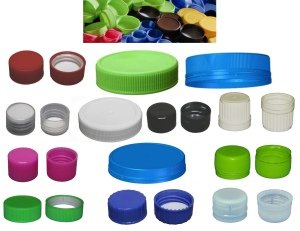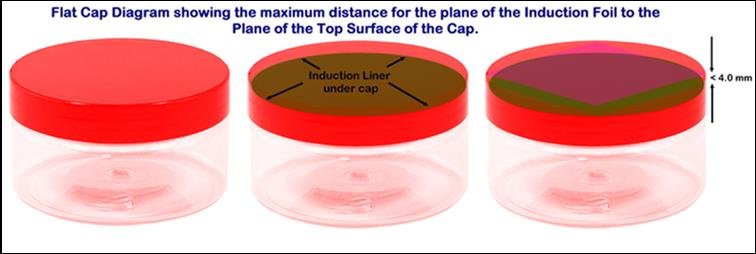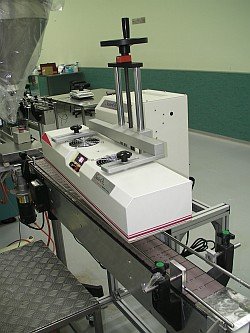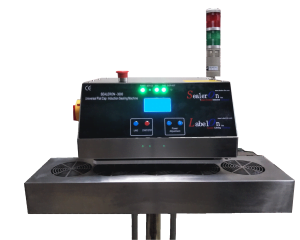Tamper Evident Seal
When looking into whether to use a pressure sensitive tamper evident seal or an induction seal it is a good idea to understand the core reasons behind applying tamper evident seals and induction seals to bottles and jars.
For induction sealing the key benefits from that type of seal include: 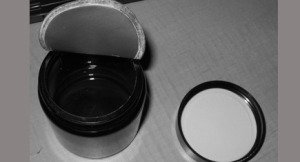
- A visual tamper proof barrier showing the client the contents of this product have not been compromised.
- An oxygen and moisture barrier, preserving the integrity and shelf life of products. For this reason alone induction seals are often referred to as freshness seals.
- Eliminate leaks through caps. Often plastic caps are well tightened after their bottle has been filled, however temperature changes resulting in slight cap expansion and contraction and the vibration of transport result in caps loosening and product leaking, Eg. Often compromising significant portions of product shipment that become very difficult to retail if not impossible.
- To provide a professional finish to the product showing the manufacturer cares about the above three major benefits of good product sealing.
For pressure sensitive sealing – sometimes called PS22 Wadding the key benefits from that type of seal are reduced:
- A visual tamper evident barrier showing the client the contents of this product have probably not been compromised
- To provide a professional finish that resembles the level of care used by manufacturers using induction sealing.
Pressure sensitive wadding is susceptible to someone that can come along and carefully peel such a liner partially off the neck of a bottle and then simply tighten the cap again to apply pressure and re-seal the bottle; no equipment or tools is required. In this way bottle sealing with pressure sensitive cap sealing is more visual than practical.
Pressure sensitive cap lining material usually has no foil barrier and therefore has little to no barrier properties to lengthen shelf life or preserve freshness. Being glue based, many liquid contents are not suitable for pressure sensitive or PS22 cap sealing.
So why do companies choose pressure sensitive sealing materials over induction foil sealing?
In some cases it is ignorance of the induction sealing process and in other cases it is the “poor man’s” version of a tamper evident seal.
Induction sealing tamper evidence requires induction sealing machinery. Pressure sensitive sealing requires no machinery.
Safe bench top induction machinery can start at USD$3500.00. Beware there are many hand held induction machines on offer for sub USD$1000 and manufacturers of that level of equipment refuse to provide safety certifications or advise that they do not “yet” have the certification.
An induction machine is not like a toaster or a kettle so beware of anyone offering toaster or kettle prices for induction sealing equipment. An induction machine deals with high currents and produces high levels of magnetic and electrical fields.
If you find a retail product on the shelf with a pressure sensitive seal be aware that while it looks like it is tamper proof it is at best only ‘tamper evident’. The company producing that product is taking the cheapest path to providing you with a look that resembles but in no way performs like an induction seal or a tamper proof seal.


